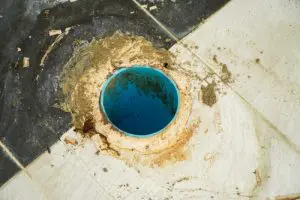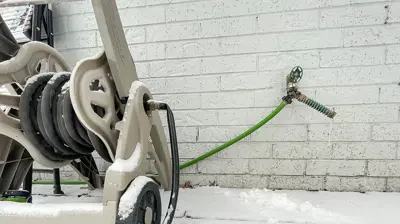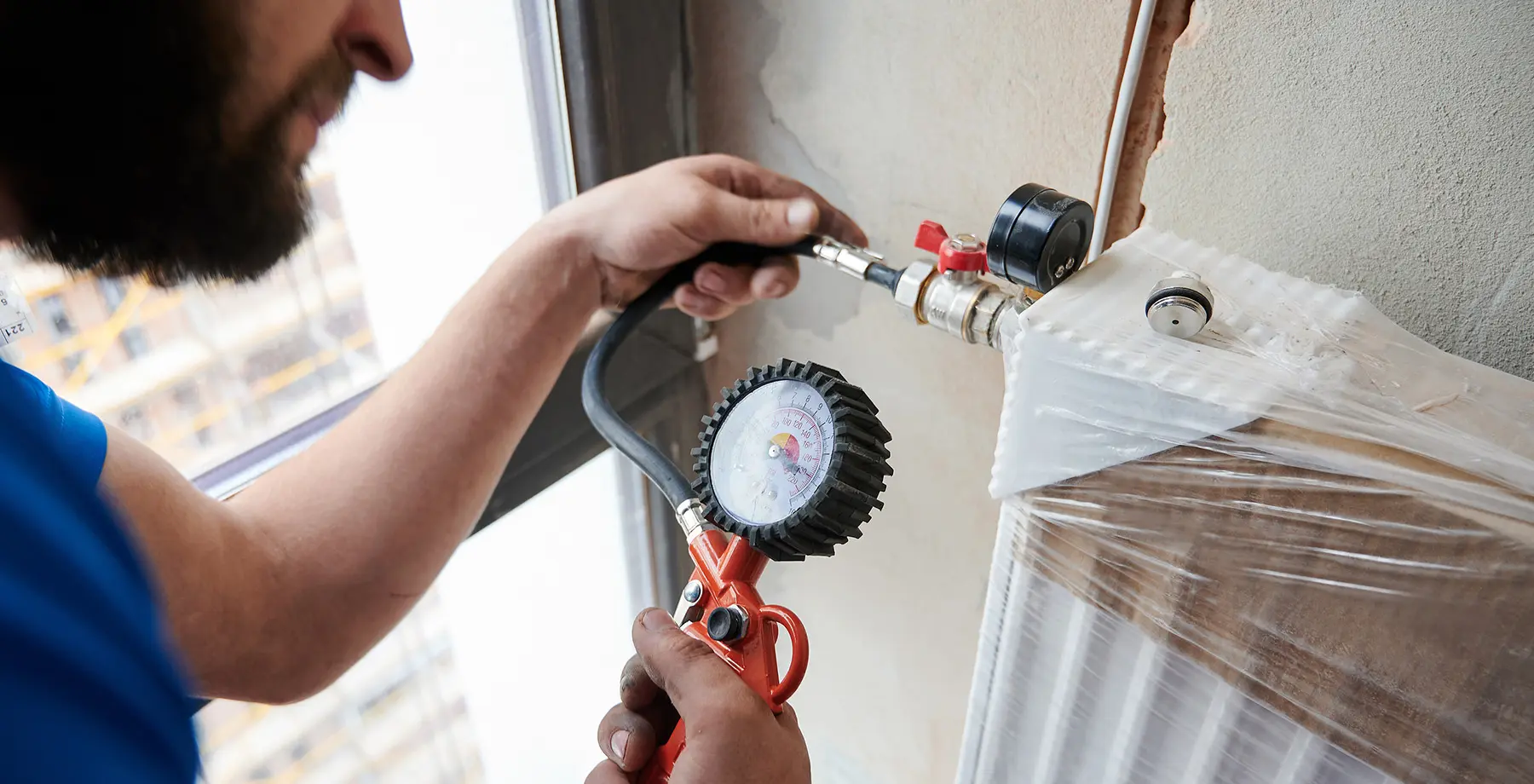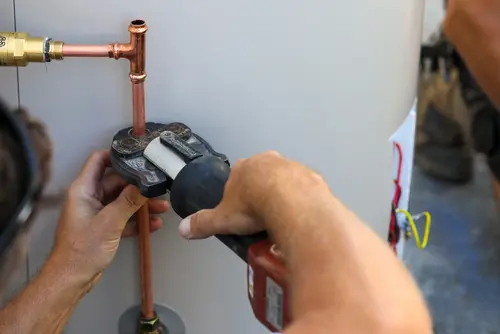What is a Toilet Flange?
by AAA City Plumbing
What is a toilet flange? A toilet flange is a crucial component of any toilet installation. It serves as the connection point between the toilet and the waste pipe. Without a properly installed and functioning flange, your toilet may not be securely attached to the floor. A flange that isn’t properly installed can lead to leaks, odors, and potential damage to your bathroom.
Let’s ask one of our Charlotte plumbers to answer some common questions about toilet flanges to help you better understand this important plumbing fixture.
1. What is a toilet flange?
A toilet flange, also known as a closet flange, is a round or square-shaped piece of plumbing that is installed on the floor to secure the toilet in place. It connects to the waste pipe. The flange is typically made of PVC, ABS, or cast iron. It has a hub that fits over the waste pipe. It also has mounting holes for securing the toilet to the floor.

2. Why is a toilet flange important?
A toilet flange is important for several reasons. Firstly, it provides a secure connection between the toilet and the waste pipe, preventing leaks and odors from escaping into your bathroom. The flange helps to support the weight of the toilet and distribute it evenly across the floor, reducing the risk of damage to the flooring and subfloor.
3. How do I know if my toilet flange is damaged?
There are several signs that indicate a damaged or deteriorating toilet flange. These include:
– Leaks around the base of the toilet
– Wobbling or shifting when you sit on the toilet
– Problems with flushing properly
– The toilet not sitting level on the floor
If you notice any of these signs, it is important to inspect the toilet flange for damage and replace it if necessary.
4. How do I replace a toilet flange?
Replacing a toilet flange can be a challenging task, especially if you are not familiar with plumbing. Here is a basic guide on how to replace a toilet flange:
– Turn off the water supply to the toilet and remove the toilet from the flange.
– Inspect the flange for damage and determine if it needs to be replaced.
– If the flange is damaged, remove the old flange by cutting it out with a hacksaw or chisel.
– Install a new flange by fitting it over the waste pipe and securing it to the floor with screws.
– Reinstall the toilet and connect it to the flange with a wax ring.
If you are unsure about how to replace a toilet flange, give us a call and we can get an experienced plumber from AAA City Plumbing out to save you time and the frustration of dealing with a plumbing problem. Changing a toilet flange doesn’t have to be 3 trips to the box store and a Saturday project.
5. Can a toilet flange be repaired?
In some cases, a damaged toilet flange can be repaired rather than replaced. This typically involves using a repair kit or epoxy to reinforce the flange and provide a secure connection to the toilet. However, it is important to note that repairing a flange may not always be a long-term solution, and it is recommended to replace the flange if it is damaged.
6-Should a toilet flange be flush with the floor?
A best practice is to install the toilet flange on top of the finished floor. If you install the toilet flange flush with the finished floor, or even below the finished floor, leak paths will form, because the flange won’t be at the correct height to accept the horn at the bottom of the toilet.
In conclusion, a toilet flange is a vital component of any toilet installation, providing a secure connection between the toilet and the waste pipe. By understanding the importance of a toilet flange and knowing how to properly maintain and replace it, you can ensure that your toilet functions properly and avoid costly repairs in the future.
We are proud of our quality service and customer service reputation in the Carolinas and with our 30+ years experience let us show you how we can be “Your Plumber for Life.”

$50 OFF Any Plumbing Service
Not combinable with other offers.
Must mention Parker to receive this discount.
Valid Jan 1, 2025 - Dec 31, 2025
Providing professional plumbing services for nearly 30 years. We love what we do and will always treat your home as if it was our own.
Whatever your plumbing need, we are here to solve your plumbing problem and make your home or business a place you can enjoy stress-free.
We hire top-notch plumbers in the area because your home & business deserve the very best.
Have a Plumbing Emergency in Charlotte, Rock Hill, or a surrounding area?
Let AAA City Plumbing help! Schedule your service today!




